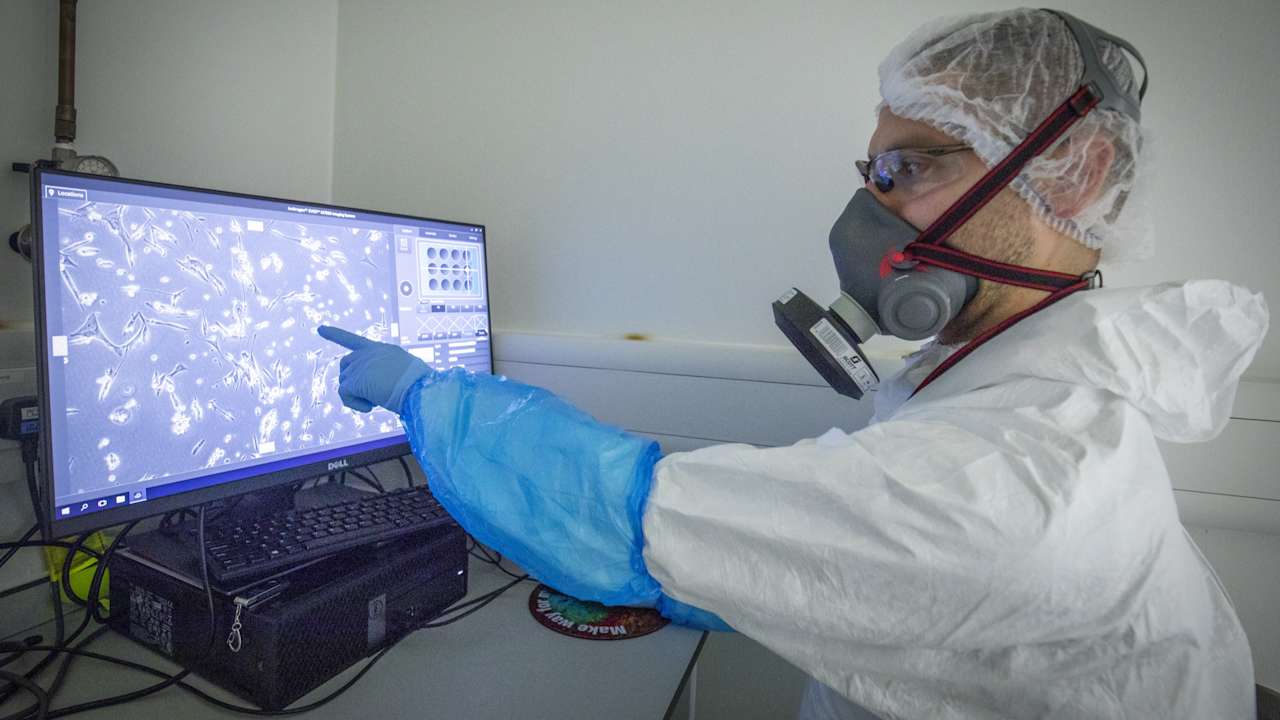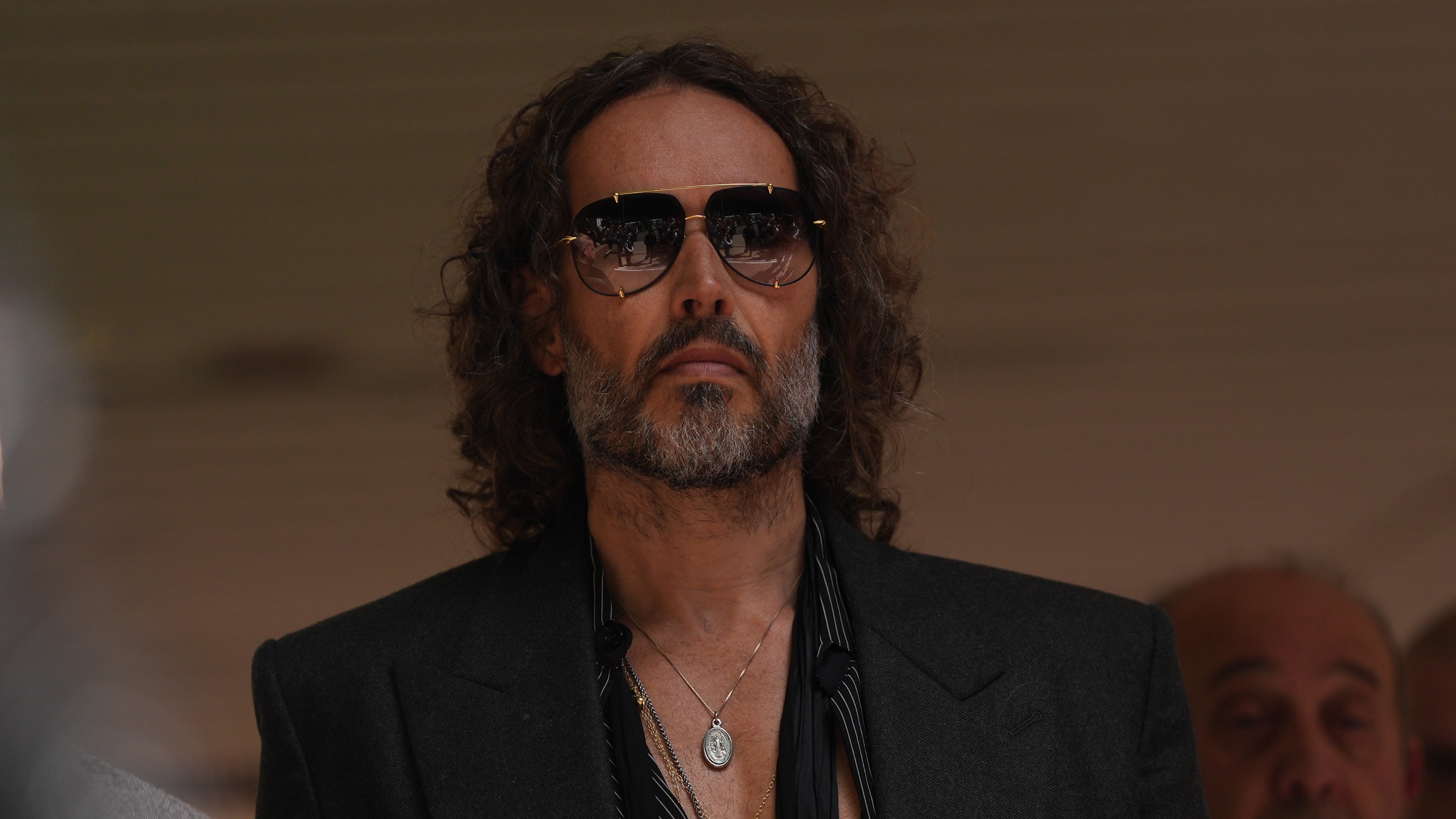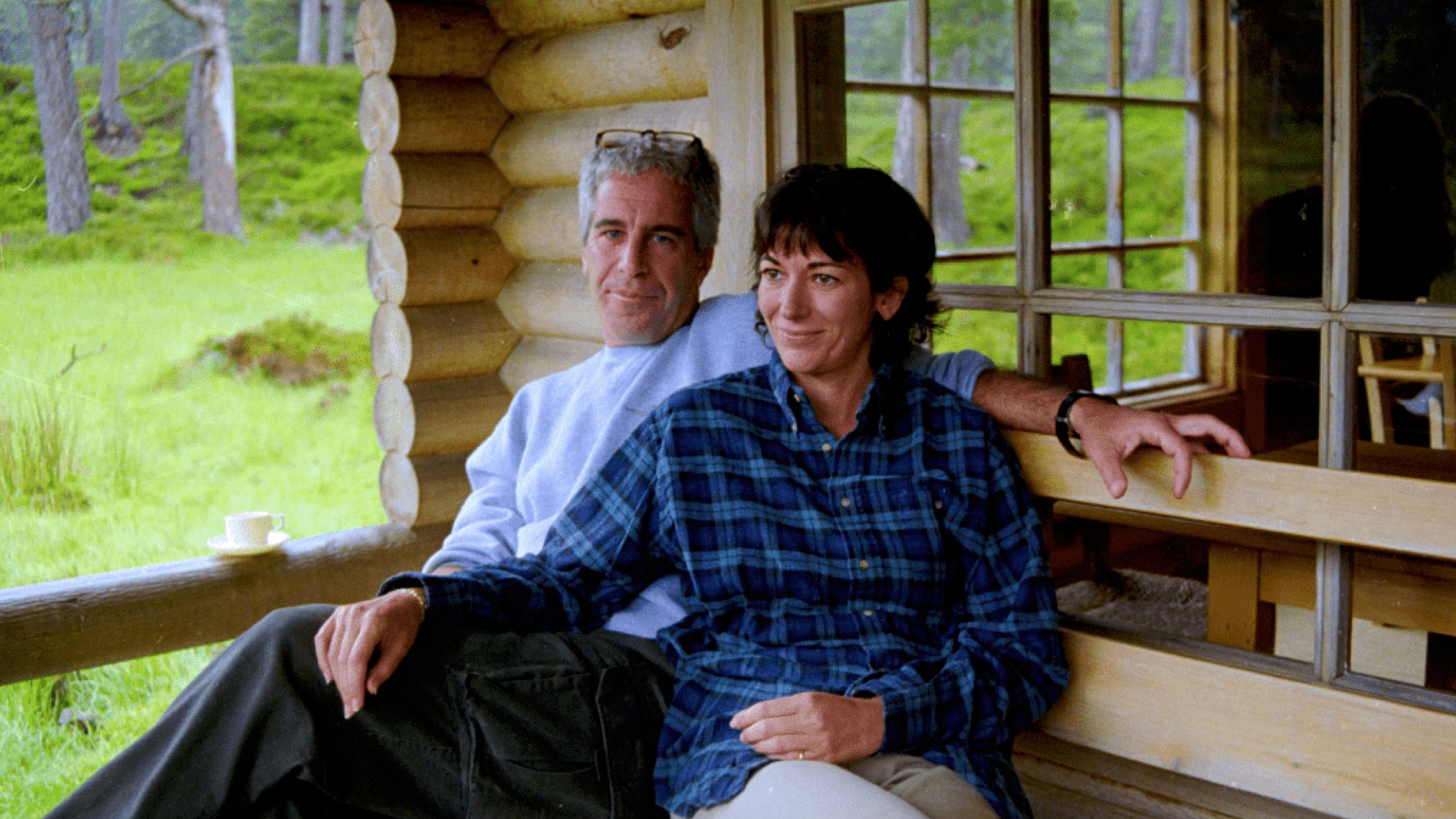Another deadly virus has a better than one in four chance of becoming a global pandemic within the decade, according to some scientists.
Experts around the globe are developing protections against it and the UK government has just invested £65 million into a vaccine facility which could tackle it.
The unknown virus with a potential to cause serious global damage is referred to by the World Health Organisation (WHO) as ‘Disease X’ – and its threat is growing ever more potent.
What is Disease X?
Disease X is the name given to any as yet unknown pathogen which in theory has the potential to cause a global pandemic.
The chief executive of the UK Health Security Agency, Dr Jenny Harries, says scientists “will never know 100%” what Disease X will be, “but we can get ready for some virus families”.
It is likely to be zoonotic, says the WHO, which means it is expected to be transmitted from animals and the pool from which it could original is “large but limited”.
The WHO estimates there are 631,000 to 827,000 unknown viruses which have the capacity to infect human beings.
It is likely to emerge from a tropical, low or middle income country, with high biodiversity which is experiencing man-made land use changes.
Why is its threat growing more likely?
The chances of a new global pandemic being caused by an unknown pathogen are growing, scientists say, with more of the world becoming hospitable to insects usually restricted to warmer climates.
“The health effects of climate change are already being felt,” said UK Chief Scientific Officer Dr Isabel Oliver, “we are already seeing a change in the distribution for example vector borne viruses, those viruses which are carried by mosquitos and by ticks.”
Dr Harries said “all of the relevant threats are increasing” with climate change.
For example, a Crimean-Congo haemorrhagic fever, was discovered in the Hampshire New Forest recently, and although it does not yet pose a high threat in the UK, it is very dangerous.
The tick-borne virus is fatal in about 30% of cases.
What is being done to defend against Disease X?
Countries around the world are working to develop protection against Disease X, including a team of 300 scientists convened by the WHO.
G7 countries all agreed the ‘100 Days Mission’ in 2021, which is an aim of deploying a vaccine against any new pandemic threat within 100 days of identification.
A new Vaccine Development and Evaluation Centre (VDEC) has been set up at the UK’s Porton Down facility with a £65 million investment from the government.
Watch as Science Correspondent Martin Stew takes you inside the secretive Porton Down facility
There are 200 scientists working at the facility who are able to carry out 30 times more tests per week than they were before the coronavirus pandemic.
They are battling dangerous category 3 viruses, which either have no cure or are highly damaging and can spread quickly – such as Disease X.
On the threat of Disease X, Dr Harries said: “We can guess a little bit; we can look at changing the epidemiology of different viruses, we can look at changing climate and start to estimate, but we will never know 100%.
“What we try to do here is keep an eye on the ones that we do know. For example with Covid, we are still here testing all the new variants with the vaccines that have been provided to check they are still effective.
“But we are also looking at how quickly we can develop a new test that would be used if a brand new virus popped up somewhere.”
Follow STV News on WhatsApp
Scan the QR code on your mobile device for all the latest news from around the country



























